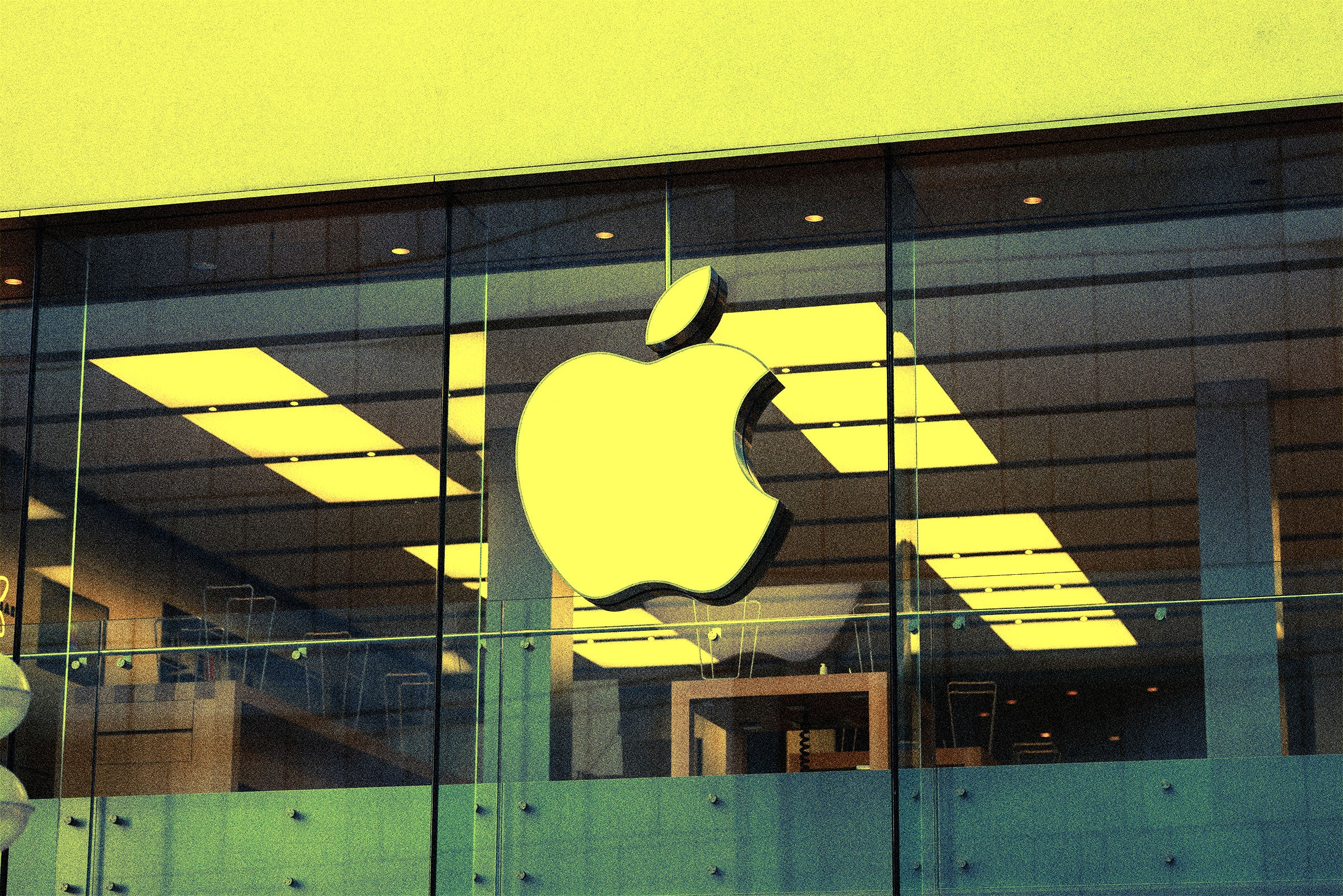Saenko says it’s hard to draw too many conclusions about Apple’s plans from the research paper. Multimodal models have proven adaptable to many different use cases. But she suggests that MM1 could perhaps be a step toward building “some type of multimodal assistant that can describe photos, documents, or charts and answer questions about them.”
Apple’s flagship product, the iPhone, already has an AI assistant—Siri. The rise of ChatGPT and its rivals has quickly made the once revolutionary helper look increasingly limited and out-dated. Amazon and Google have said they are integrating LLM technology into their own assistants, Alexa and Google Assistant. Google allows users of Android phones to replace the Assistant with Gemini.
Reports from The New York Times and Bloomberg that Apple may add Google’s Gemini to iPhones suggest Apple is considering expanding the strategy it has used for search on mobile devices to generative AI. Rather than develop web search technology in-house, the iPhone maker leans on Google, which reportedly pays more than $18 billion to make its search engine the iPhone default. Apple has also shown it can build its own alternatives to outside services, even when it starts from behind. Google Maps used to be the default on iPhones but in 2012 Apple replaced it with its own maps app.
Apple CEO Tim Cook has promised investors that the company will reveal more of its generative AI plans this year. The company faces pressure to keep up with rival smartphone makers, including Samsung and Google, that have introduced a raft of generative AI tools for their devices.
Apple could end up tapping both Google and its own, in-house AI, perhaps by introducing Gemini as a replacement for conventional Google Search while also building new generative AI tools on top of MM1 and other homegrown models. Last September, several of the researchers behind MM1 published details of MGIE, a tool that uses generative AI to manipulate images based on a text prompt.
Salakhutdinov believes his former employer may focus on developing LLMs that can be installed and run securely on Apple devices. That would fit with the company’s past emphasis on using “on-device” algorithms to safeguard sensitive data and avoid sharing it with other companies. A number of recent AI research papers from Apple concern machine-learning methods designed to preserve user privacy. “I think that’s probably what Apple is going to do,” he says.
When it comes to tailoring generative AI to devices, Salakhutdinov says, Apple may yet turn out to have a distinct advantage because of its control over the entire software-hardware stack. The company has included a custom “neural engine” in the chips that power its mobile devices since 2017, with the debut of the iPhone X. “Apple is definitely working in that space, and I think at some point they will be in the front, because they have phones, the distribution.”
In a thread on X, Apple researcher Brandon McKinzie, lead author of the MM1 paper wrote: “This is just the beginning. The team is already hard at work on the next generation of models.”





